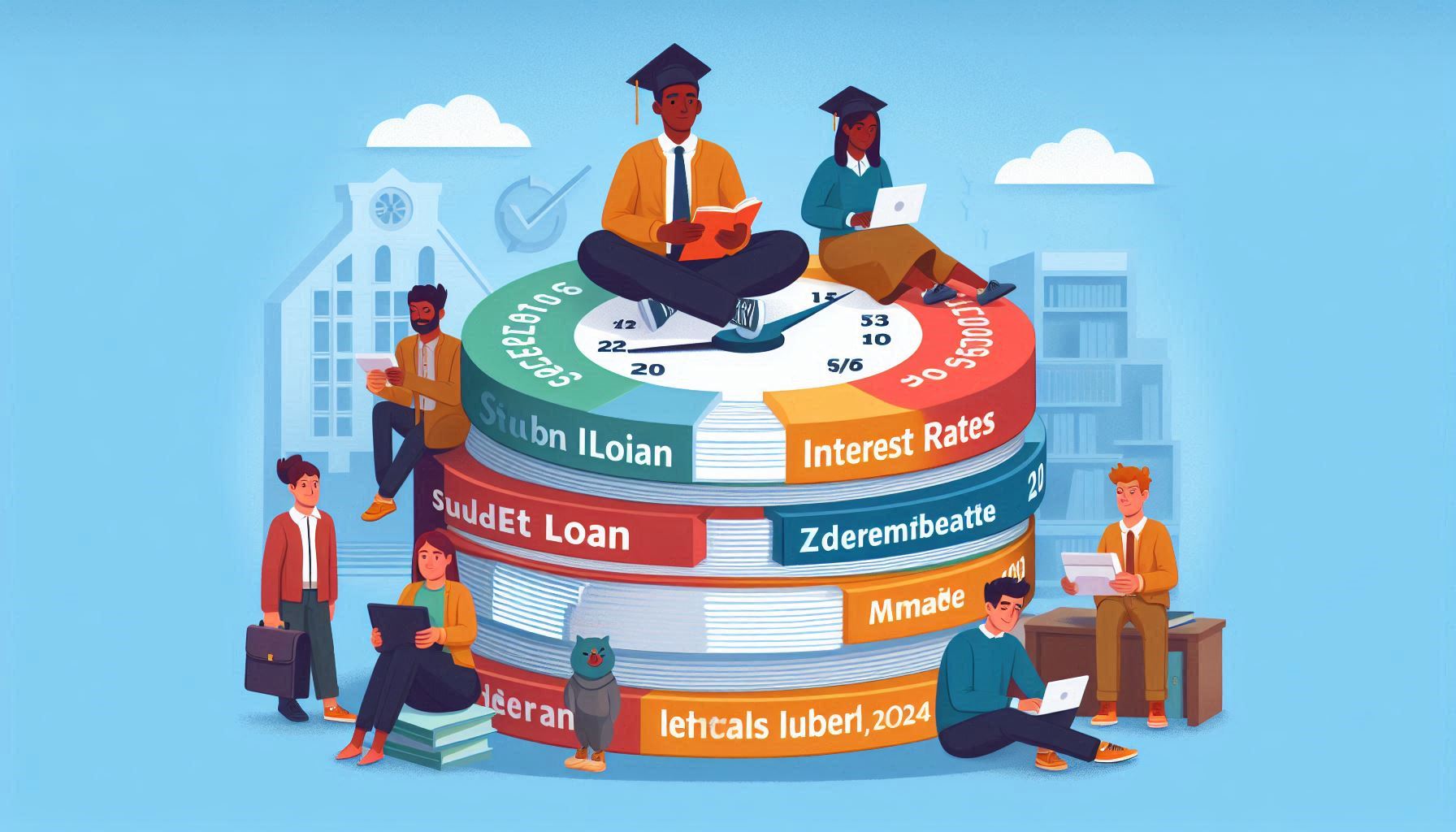How to Get a Student Loan Without a Cosigner: Comprehensive Guide for 2024
Securing financial aid for college is challenging, especially without a cosigner. However, there are several strategies and loan types available that can help students obtain the funds they need for education.
1. Federal Student Loans: The Ideal No-Cosigner Option
Federal student loans are the best option for students who don’t have a cosigner. These loans are available to U.S. citizens and eligible non-citizens, and they don’t require credit checks or cosigners, making them accessible to a wide range of students.
Federal Loan Options:
- Direct Subsidized Loans: These are for students with demonstrated financial need. The U.S. Department of Education pays the interest while the student is in school.
- Direct Unsubsidized Loans: Available to all undergraduate and graduate students, regardless of financial need. Interest begins accruing immediately.
- Direct PLUS Loans: Available for graduate students and parents of dependent undergraduate students. While no cosigner is required, a credit check is involved, and adverse credit history could impact eligibility.
| Loan Type | Interest Rate |
|---|---|
| Direct Subsidized Loan | 5.50% |
| Direct Unsubsidized Loan | 5.50% – 7.05% |
| Direct PLUS Loan | 7.05% |
2. Private Student Loans Without a Cosigner
Private student loans typically require a cosigner for approval, especially for students with limited credit history or income. However, some lenders offer loans specifically for students without cosigners, though these tend to come with higher interest rates.
Top Lenders for No-Cosigner Loans:
- Ascent: Ascent offers a no-cosigner option based on the student’s income or academic achievements. Students may qualify if they are juniors or seniors in college with a strong GPA.
- Funding U: This lender provides loans to undergraduate students based on academic performance, major, and future earning potential.
- MPOWER Financing: Ideal for international students or DACA recipients, MPOWER doesn’t require a cosigner and focuses on the borrower’s future potential rather than their credit history.
| Lender | Eligibility | Interest Rate |
|---|---|---|
| Ascent | Strong GPA or future income | 4.00% – 13.00% |
| MPOWER Financing | International students | 7.00% – 14.00% |
| Funding U | Academic achievements | 6.00% – 12.00% |
3. Eligibility Requirements for No-Cosigner Loans
Lenders that offer no-cosigner loans typically base their eligibility criteria on alternative factors. Here are some of the common requirements:
- Credit Score: Some lenders will still consider a minimum credit score even without a cosigner.
- Academic Performance: Lenders may require a certain GPA or evidence of academic success.
- Income and Employment Prospects: Some lenders will evaluate future earning potential based on the borrower’s chosen field of study or university.
4. How to Increase Your Chances of Approval
While federal loans are usually easier to get, qualifying for a private student loan without a cosigner can be more challenging. Here are some steps you can take to improve your chances:
- Build Credit: Start by using a secured credit card or becoming an authorized user on someone else’s credit account to establish credit.
- Maintain a Strong GPA: Some lenders consider academic performance as a measure of future success.
- Choose a High-Demand Major: Certain lenders give preference to students in fields like engineering, computer science, or healthcare, where future employment prospects are high.
- Consider Part-Time Employment: Showing income, even from a part-time job, can help demonstrate your ability to make payments.
5. Pros and Cons of Private No-Cosigner Loans
| Pros | Cons |
|---|---|
| Available to students without a cosigner | Higher interest rates than federal loans |
| May reward strong academic performance | Fewer borrower protections |
| Can cover the full cost of education | Stricter approval criteria |
Private no-cosigner loans offer flexibility for students who don’t qualify for federal loans or need additional funding. However, they come with certain risks, including higher interest rates and fewer borrower protections compared to federal loans.
6. Federal vs. Private Loans
Federal loans generally offer more favorable terms than private loans. If you’re eligible, always prioritize federal loans before considering private loans. Federal loans have fixed rates and offer repayment options like income-driven repayment plans, deferment, and loan forgiveness programs.
| Feature | Federal Loans | Private Loans (No Cosigner) |
|---|---|---|
| Interest Rates | Fixed, lower rates | Variable or fixed, higher rates |
| Credit Check Required | No (except for PLUS loans) | Yes |
| Repayment Flexibility | Income-driven repayment plans | Limited flexibility |
| Loan Forgiveness | Public Service Loan Forgiveness | Not available |
7. Refinancing Loans Without a Cosigner
If you secure a student loan without a cosigner but later improve your credit or obtain steady employment, you may qualify for refinancing at a lower interest rate. Refinancing can consolidate multiple loans into one, potentially lowering your monthly payments and saving money on interest.
Refinancing Tips:
- Check for lenders that allow you to refinance without a cosigner.
- Make sure refinancing makes sense financially. Some federal loan protections may be lost during the process.
Conclusion
Getting a student loan without a cosigner is possible, especially if you take advantage of federal loans and explore private lenders that offer no-cosigner options. It’s essential to compare lenders, interest rates, and terms to ensure you’re getting the best deal possible. Additionally, consider building credit and improving your academic performance to increase your chances of approval.





